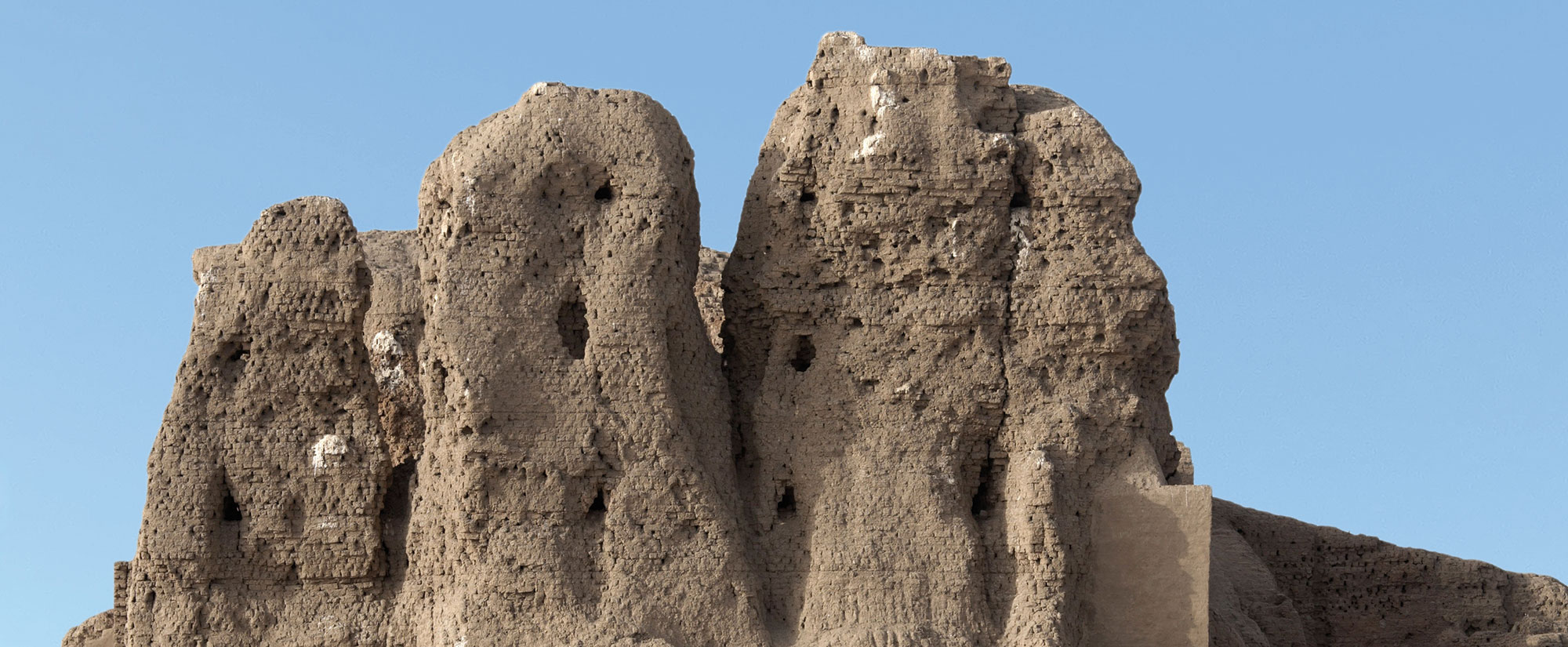
CANBERRA, AUSTRALIA—According to a statement released by Australian National University, the 8,000-year-old remains of a child have been found on Indonesia’s Alor Island by a team of researchers led by archaeologist Sofia Samper Carro. Although the child’s teeth suggest that he or she was between the ages of six and eight at the time of death, the skeleton resembles that of a four- to five-year-old. Further research may reveal if the child’s condition could be related to diet, the environment, or genetic isolation from living on an island. Carro said studies of adult hunter-gatherers who lived on Alor Island revealed they ate mostly marine foods, which may have affected growth. Ochre was applied to the child’s cheeks and forehead, and an ochre-colored stone was placed under the child’s head, Carro added. The child’s arm and leg bones were missing from the burial, however. Other burials lacking long bones from this time period have been unearthed on the islands of Java, Borneo, and Flores, but this is the first time such a child’s burial has been found, Carro explained. To read about the world's oldest known cave art, found in a cave on the Indonesian island of Sulawesi, go to "Shock of the Old."











